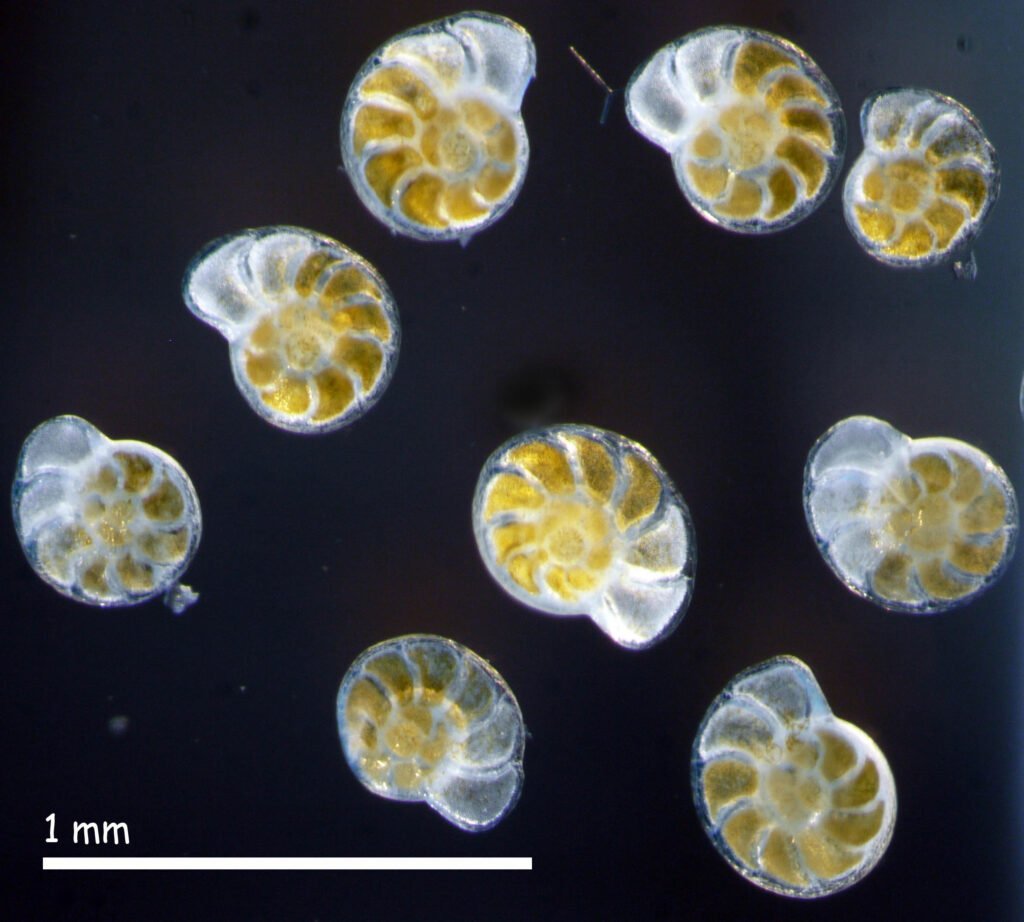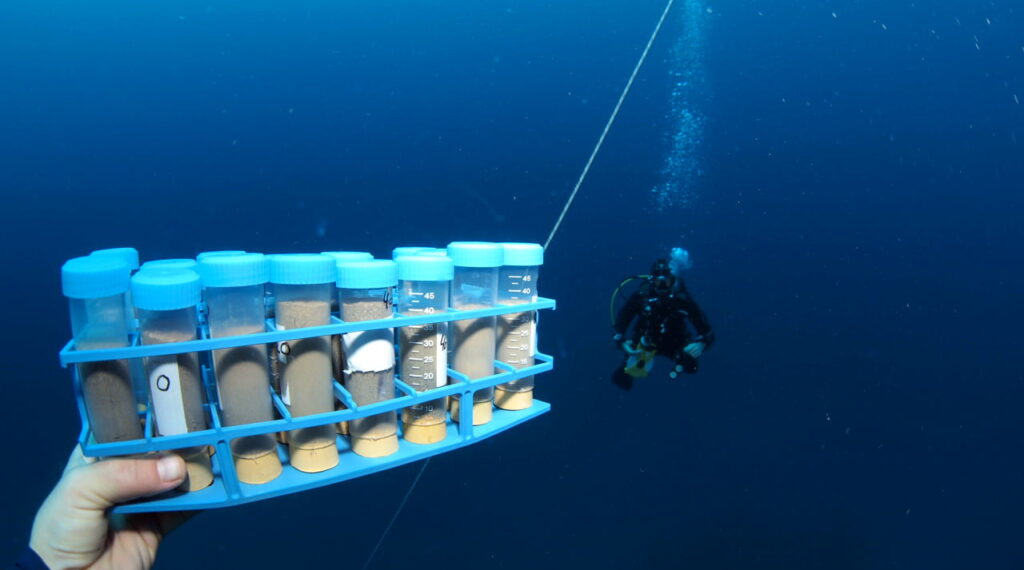This article was written for NoCamels by ZAVIT – Science and Environment in Israel
Known for its rich ecosystem and resilient network of coral reefs, the Gulf of Eilat has been a central focus for many scientists, government employees, and public activists since it faces a variety of human-induced threats — like many of the world’s valued ecological sites.
In recent weeks, multiple environmental organizations led by the Society for the Protection of Nature have been pressuring the Israeli government to immediately suspend an oil transportation agreement between the Israeli-controlled Europe-Asia Pipeline Co. and the UAE-based Med-Red Land Bridge Ltd. In its current form, the deal involves transporting crude oil via tankers from the Persian Gulf to the Gulf of Eilat where it will be piped to Ashkelon for easier and less costly access to European markets across the Mediterranean Sea.
SEE ALSO: New Israeli Study Shows Perils Of Cold-Induced Coral Bleaching In Northern Red Sea
Not only would such a move put the Gulf of Eilat’s unique coral reef system and Israel’s Mediterranean coastal ecosystems at risk of irreversible damage from an oil leak or spill, but it also has the potential to disable desalination facilities, a move the country cannot afford to make because of its chronic water scarcity. As a result, residents, scientists, and environmental organizations have all spoken out against the deal, warning of these dangers.
However, this is not the first time the area has been at risk. In the first decade of the 21st century, the country’s once-active mariculture fish farms put Eilat’s waters in turmoil due to the accumulation of organic matter on the seafloor from waste food and fish feces. Known as eutrophication, this process effectively altered water quality and blocked sunlight from reaching benthic photosynthetic organisms like the Zooxanthellae algae within the coral tissue, causing them to gradually deteriorate. And because the Gulf’s current flow and water turnover rate is weaker compared to ocean currents, the local pollution was able to have a longer-lasting and stronger impact.

“The consensus in today’s research is that it is better for marine pollution to disperse and dilute in the open sea than for acute local pollution to develop,” explains Dr. Shai Oron, a postdoctoral fellow in the Department of Geophysical Sciences at the University of Haifa and the Eilat Inter-University Institute.
After more than a decades-long struggle, environmental organizations and expert scientists finally prevailed in removing the fish farms in 2008. But a new Israeli study revealed that a number of pollutants including copper, phosphorus, and zinc, are still present in amounts much higher than anticipated in the area where the cages used to be located ten years following their removal.
A decade later, the fish farms’ pollutants are still there
The new study was conducted by researchers from the University of Haifa, the IOLR (Israel Oceanographic and Limnological Research) Institute in Haifa, and the University of Western Australia with the assistance of the Israel National Monitoring Program at the Gulf of Eilat. The research method was based on the collection of foraminifera skeletons, microscopic marine organisms known to assimilate chemical elements from the available seawater into their skeletons, which essentially “record” environmental conditions over time enabling researchers to sample the environment and bioavailable pollutants through them.

“This is the first time this method has been used to tell us about the chemical status of fish cages,” says Dr. Oron, who led the study.
Collected between 2009-2014 and 2018, the findings were sampled from the site where the fish farms were situated and were compared to those collected at an ecologically and environmentally similar control site approximately two miles from the former location of the cages.
“Immediately after the cages were removed, we began checking the condition of the foraminifera population, but only about a year after the cages were removed were we able to find live foraminifera at the site. In the first year, damage to the entire biodiversity beneath the cages could be identified,” explains Dr. Oron. In fact, according to the study, benthic ecosystems were so badly damaged by organic enrichment from the fish cages that no living foraminifera were seen within an 80-meter radius of the cages for many months after their removal.

According to Oron, the original purpose of the study was not to detect contaminants at all. “We tried to examine foraminifera skeletons collected at the site in different years to detect rainwater flowing from the shore to the sea, but then we suddenly saw the pollutants in quantities not typical of the area.”
Sign up for our free weekly newsletter
SubscribeThe findings of the study indicate that the concentrations of various harmful substances were higher in the areas where the fish farms were located compared to the control site. While zinc (Zn) returned to normal levels just three years following their removal, copper (Cu) levels were found to be four times higher at the cage site compared to the control site even in 2018 — a whole decade following the removal of the fish farms. Although phosphorus (P) levels at the cage site were shown to have dropped significantly after 2011, the researchers found that levels have actually increased over the years since then due to gradual releases from the seafloor sediment that accumulated while the fish cages were still active.
But where did these substances originate? According to Dr. Oron and her research team, there are two likely sources; the first being manufactured fish feeds, which commonly contain a variety of elements including P, Zn, and Cu. The second source is the antifouling paints and dyes that were used in the infrastructure of fish cages and nets themselves as a way to prevent algae from clinging to the submerged surfaces. These substances were likely released in either soluble or particulate form chipping or washing away over time.
Thankfully, researchers estimate the contamination has spread to a distance of about 200 meters from the original locations of the fish cages but that pollutant concentrations have not covered the entirety of the seafloor of Eilat Bay’s northern coast, suggesting that the effects are local.
Too much phosphorus is toxic
A number of other studies have found direct links between high concentrations of the substances the new Israeli research identified and harm to living organisms in the marine environment. Metals such as Cu and Zn are naturally present in the marine environment in minimal quantities, and they play an important role in enabling biological systems to function properly. However, when their concentrations grow several times higher than natural values and are exposed to plants and wildlife, it can interfere with their development, physiology, and potentially result in increased mortality.

Copper, for example, is one of the most toxic elements to marine organisms, and higher levels can cause irreversible damage to various species such as fish and invertebrates, which are 10 to 100 times more sensitive than mammals. Additionally, another recent study conducted in the Gulf of Eilat found that excess copper in seawater can impair corals’ resistance to heat stress events, which inevitably leads to fatal bleaching. This is especially concerning because coral networks in the Gulf of Eilat are known to be the most resilient reef system in the face of climate change compared to other reef systems like the Great Barrier Reef.
In high concentrations, phosphorus is no different as it is the main driver of eutrophication.
“Phosphorus is a nutrient that is found in small amounts in a marine environment where coral reefs thrive, such as the one in the Gulf of Eilat,” says Dr. Oron. “High levels of phosphorus upset the ecological balance in these systems and allow algae that feed on it to bloom, leading to the blockage of sunlight and damaging coral reefs and other living things in the environment.”
Consider the consequences of fish farms
The findings provided by the Foraminifera skeletons were not the only evidence for contaminants in the water found in the study. According to measurements of pollutants in the sediment itself from samples collected two years and five years after the cages were removed, copper concentrations within forty meters of the former cage site were at levels considered harmful according to the US Oceanic and Atmospheric Administration (NOAA) criteria but acceptable to Israel’s Ministry of Environmental Protection.
SEE ALSO: Israel, 7 Muslim-Majority States Form Rare Research Partnership To Save Red Sea Coral Reefs
Likewise, the concentration of phosphorus in the prior cage locations was nearly eight times higher than the standard levels.
“The data can give us an idea of what would have happened if the cages had not been taken out. There are currently those who want to return commercial fish farming systems to the Eilat Bay area, but they must take into account that such moves have significant long-term consequences,” Dr. Oron concludes.
Related posts

Resilient And Nutritious New Plant-Based Milk Aims To Make A Splash

Chocolate From Cultivated Cocoa Comes Without Environmental Toll

Plastic Fantastic: Startup Takes PVC Back To Its Crude Oil Roots




Facebook comments